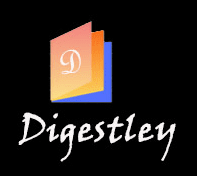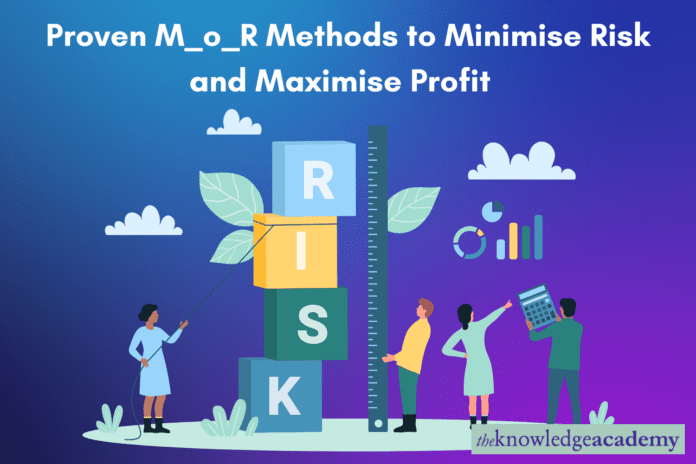Why do certain companies handle uncertainty like seasoned pros while others falter under unforeseen difficulties? Research indicates that businesses with strong risk management systems often do better than those without. A M_o_R Certification is extremely helpful in this situation. It gives businesses the resources they need to properly evaluate, reduce, and capitalise on risks—a capability that distinguishes successful businesses from failing ones.
In addition to assisting with risk management, M_o_R framework enables companies to spot possibilities that might otherwise go overlooked. By putting into practice tried-and-tested M_o_R strategies, companies can lessen weaknesses and pave the road for long-term growth. Let’s explore some proven methods to reduce risk and increase revenue.
Table of Contents
What is M_o_R?
A methodology called Management of Risk (M_o_R) was created to assist businesses in recognising, evaluating, and successfully managing risks. There will always be risks, whether they be strategic, operational, or financial. M_o_R offers a methodical way to reduce these risks while ensuring opportunities are taken advantage of. Businesses implementing M_o_R can acquire a competitive edge and confidently navigate uncertainties.
Implementing M_o_R is not only a best practice but also a requirement in the UK, where financial stability and regulatory compliance are crucial. It allows businesses to match risk management to their goals, promoting creativity and resilience.
Core M_o_R Principles to Drive Success
Principles that help businesses develop strong risk management procedures are at the core of the M_o_R. These guidelines guarantee consistency, flexibility, and strategic alignment. The following are the main M_o_R tenets:
- Sync Risk Management with Goals: Risk management measures directly support the organisation’s goals and objectives. Because of this alignment, resources are not wasted, and efforts are concentrated where they are most needed.
- Integrate Risk Management into Culture: The organisation’s culture should incorporate risk management. Recognising and dealing with such hazards early on is simpler when staff members at all levels are informed about risk practices.
- Continuous Improvement: Managing risks is a continuous process. The organisation will be ready for new challenges with regular reviews and modifications.
- Engage Stakeholders: Better decision-making and transparency are fostered when stakeholders are included in risk discussions. Innovative ideas that balance risk and reward are frequently the result of collaboration.
Methods to Minimise Risk Using M_o_R
M_o_R provides a range of methods for proactive risk management. These methods assist companies in foreseeing obstacles and creating plans to overcome them:
- Seminars on Risk Identification: Set up seminars to help teams identify risks. Diverse viewpoints can reveal hidden dangers that might otherwise be overlooked.
- Risk Registers: Keep thorough risk registers to record hazards that have been identified, their possible effects, and countermeasures. This consolidated record guarantees clarity and accountability.
- Scenario Analysis: Use scenario analysis to model possible risk events and evaluate their effects. This proactive strategy aids in the creation of backup plans.
- Planning for Risk Response: Create a solid strategy to address hazards according to their probability and seriousness. This minimises interruption by guaranteeing prompt action when a risk materialises.
- Monitoring and Reporting: Set up routine monitoring and reporting procedures to keep tabs on risks and the success of mitigation strategies.
Strategies to Maximise Profit Through M_o_R
Although prevention and risk management are frequently linked, M_o_R is crucial for maximising profits. Businesses can attain sustainable growth by striking a balance between risk and opportunity:
- Identifying Opportunities: M_o_R approaches push companies to see opportunities rather than hazards. Because of this dual focus, Organisations can profit from market trends and creative ideas.
- Resource Optimisation: The best possible distribution of resources is guaranteed by efficient risk management. Businesses can increase productivity and profitability by reducing waste and concentrating on areas that have a significant impact.
- Improved Decision-Making: Decision-makers may make well-informed decisions that support long-term profitability objectives when they have clear risk insights.
- Increased Confidence Among Stakeholders: Investors, clients, and staff gain trust when a commitment to risk management is shown. This self-assurance can result in stable corporate operations and financial growth.
Conclusion
Businesses can proactively manage risks and exploit development possibilities by implementing established M_o_R techniques. Businesses can reduce uncertainty and increase revenues by utilising essential M_o_R approaches, cultivating a risk-aware culture, and coordinating risk management with organisational goals.
You can further your career and comprehension of this important framework by earning a risk management certification from The Knowledge Academy.
Apart from that, if you are interested to know about “Exploring Futures Day Trading: Balancing Strategies with Risk and Reward” then visit our “Business” category.
















